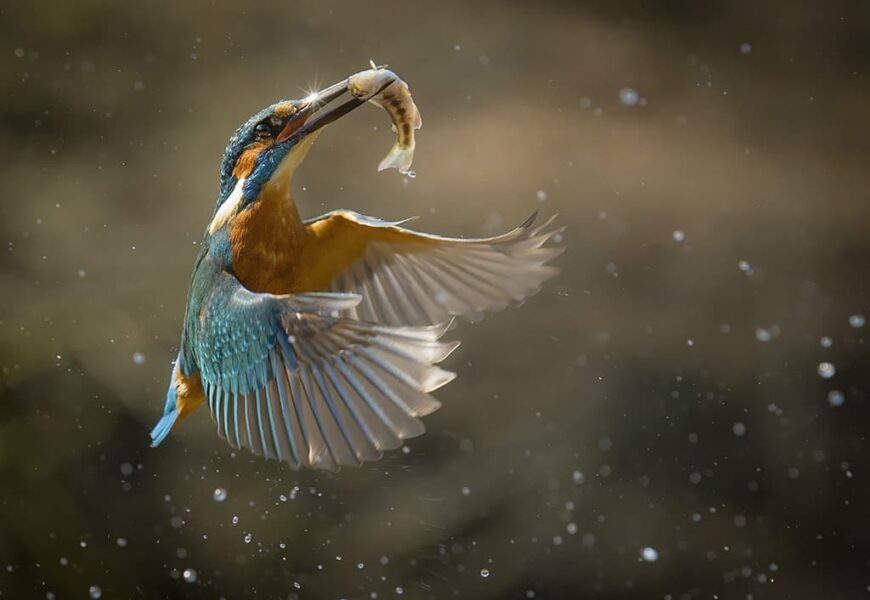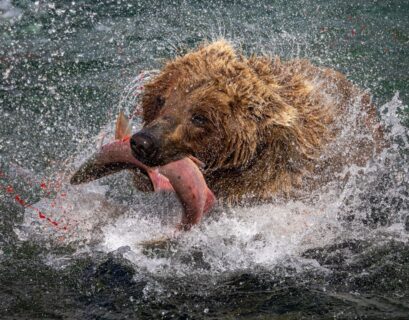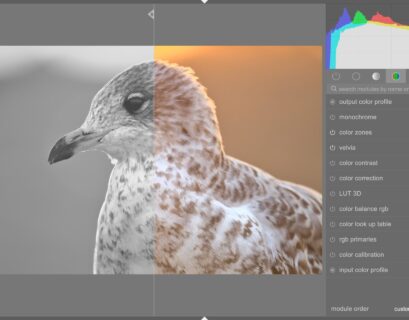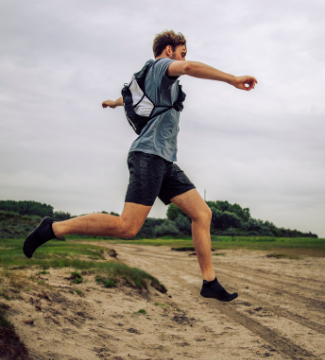Photographing animals in motion is an exciting yet challenging aspect of wildlife photography. Whether it’s a bird in flight, a cheetah sprinting across the savannah, or a deer leaping through the forest, capturing these dynamic moments requires skill, patience, and the right techniques. Here are some essential strategies to help you photograph animals in motion with precision and artistry.
Fast Shutter Speed: Freezing the Action
One of the most critical settings for capturing motion is the shutter speed. A fast shutter speed is essential to freeze the action and capture sharp images of moving animals. Aim for a shutter speed of at least 1/1000 of a second for fast-moving subjects. For extremely rapid movements, such as birds in flight, you might need to go up to 1/2000 or even 1/4000 of a second.
Continuous Shooting Mode: Capturing the Sequence
Using continuous or burst shooting mode allows you to take a rapid series of shots with a single press of the shutter button. This technique is invaluable for capturing a sequence of movements, increasing your chances of getting the perfect shot. Ensure your camera’s buffer and memory card can handle the high-speed shooting to avoid missing critical moments.
Autofocus Mode: Keeping Your Subject Sharp
Set your camera to continuous autofocus mode (AI Servo for Canon or AF-C for Nikon) to keep your moving subject in focus. This mode tracks the animal as it moves, continuously adjusting the focus. Pair this with dynamic or group-area autofocus points to give your camera a wider area to track the subject, enhancing the accuracy of your focus.
Panning: Conveying Motion
Panning is a technique where you move the camera along with the moving subject, resulting in a sharp subject against a blurred background. This method conveys a sense of motion and speed. To pan effectively, use a slower shutter speed (around 1/30 to 1/60 of a second), and practice following the subject smoothly with your camera. Keep your movements steady and fluid to achieve the desired effect.
Pre-Focus: Anticipating the Action
Anticipating where the action will occur and pre-focusing your camera can significantly improve your chances of capturing sharp images. If you know an animal will cross a particular path or take off from a specific spot, pre-focus on that area and wait for the moment to happen. This technique reduces the lag time of autofocus and increases your success rate.
Use of Telephoto Lenses: Bringing the Action Closer
A telephoto lens (300mm or longer) is essential for capturing distant or fast-moving animals without disturbing them. These lenses allow you to zoom in on the action and fill the frame with your subject. However, be mindful of the narrow depth of field at long focal lengths, and ensure your focus is spot-on.
High ISO: Adapting to Lighting Conditions
In low-light situations, increasing your ISO allows you to maintain a fast shutter speed without underexposing your images. Modern cameras handle high ISO settings well, minimizing noise while preserving detail. Don’t be afraid to push your ISO to 1600 or higher if needed to get the right exposure and freeze the action.
Image Stabilization: Reducing Camera Shake
Image stabilization (IS) or vibration reduction (VR) can help reduce camera shake, especially when using long lenses. While it’s not a substitute for a fast shutter speed, it can improve your chances of getting sharp images when panning or shooting handheld. Ensure IS is activated for added stability.
Composition: Framing the Action
Consider your composition carefully when photographing animals in motion. Leave enough space in the frame for the animal to move into, known as “leading space.” This not only helps convey motion but also creates a more balanced and dynamic composition. Experiment with different angles and perspectives to add interest to your shots.
Practice and Patience: Honing Your Skills
Capturing animals in motion requires practice and patience. Spend time honing your skills by photographing various moving subjects, such as pets, cars, or athletes. This practice helps you become familiar with your camera settings and improves your ability to anticipate and react to movement in the field.
Conclusion
Photographing animals in motion is a rewarding challenge that tests your skills and creativity. By mastering fast shutter speeds, continuous shooting modes, and panning techniques, you can capture the dynamic beauty of wildlife in action. Remember to practice regularly, anticipate the action, and always be ready for that perfect moment. With these techniques, you’ll be well-equipped to create stunning images of animals in motion. Happy shooting!









